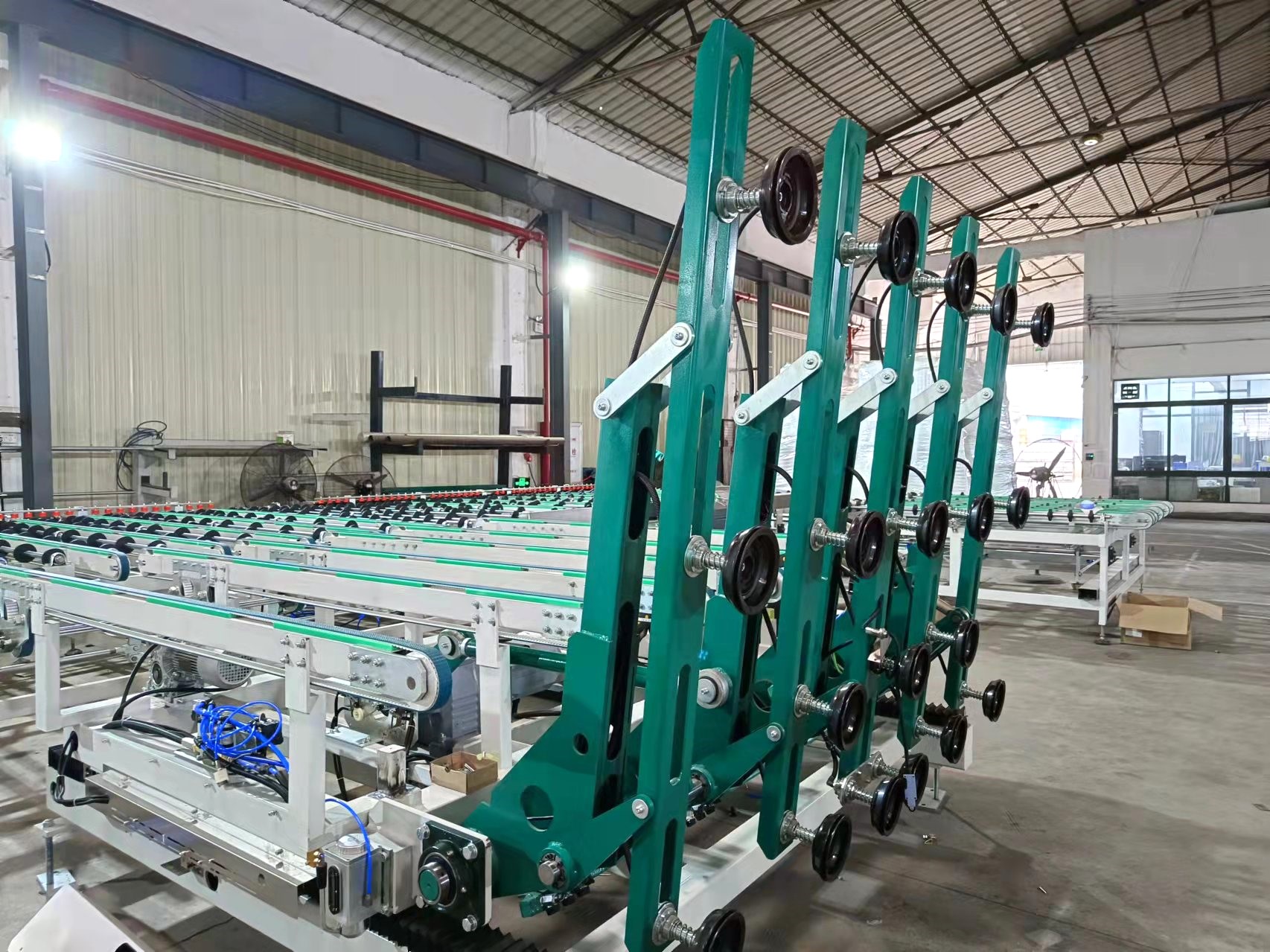It is undeniable that the wheels are among the most important components of a machine for processing glass. This is because they are the ones who, with the help of the other parts, actually do the machining. If you want to understand the differences between the various polishing wheels, continue reading below!

What are polishing wheels used for?
Before even differentiating the types of polishing wheels, it is important to remember their usefulness. When a piece of glass passes through a machine, whether it is edging or beveling , it suffers from the performance of all types of wheels, starting with the diamond wheel.
When any glass – including mirrors – is machined through a diamond wheel, its surface is extremely rough. And, even though it is transparent, this roughness gives the glass a whitish appearance. It is the polishing that removes the white and opaque appearance and returns the translucency to the piece.
Types of polishing wheels and their differences
1. Rubber wheels
The rubber wheel is considered the most used polishing wheel on the market because it is relatively inexpensive and the shine it leaves on the parts is very significant. Even bearing the name of rubber, it is also made from other components, with 20% of its composition being aluminum oxide, another 20% silicon carbide and the remaining 60% synthetic rubber.
It is worth mentioning that there are different rubber wheels, diversified by their weights. One of them, responsible for an even more outstanding shine, is the grinding wheel impregnated with cerium oxide powder. Its composition is slightly different from other rubber wheels, with 20% aluminum oxide, 20% silicon carbide, 20% cerium oxide powder and only the other 40% rubber. Our machine that makes the best use of this wheel is the 9-Wheel Vertical Straight Line edging Machine .
2. Resin wheels
When we talk about resin wheels, also called resinoids, the particularity of the composition changes a little. While rubber wheels have a specific composition, resin wheels do not.
This is because some details will depend on the wheel manufacturer. Each manufacturer has a patent for its own formula. However, the base is usually 65% polystyrene accompanied by other chemical components, the most common being the same as in the case of rubber wheels – aluminum oxide and silicon carbide.
3. Synthetic felt wheels
To conclude, we have the synthetic felt wheels. This last example among the polishing wheels is divided into two models: the solid synthetic felt wheel and the spiral synthetic felt wheel, which, as the name suggests, has a spiral shape.
When we talk about automatic equipment, such as an 8- Wheel Vertical Straight Bevelling Machine , for example, spiral wheels are more used. On the other hand, in manual polishing machines, solids are the most efficient.
So, did you understand the differences between the polishing wheels? Each has specific characteristics, but all are capable of polishing the glass with unquestionable efficiency, giving back the shine that makes the piece stand out. Whatever grinding wheel you need for your glass, We can help! Check out by contacting franky@fstechwin.com






